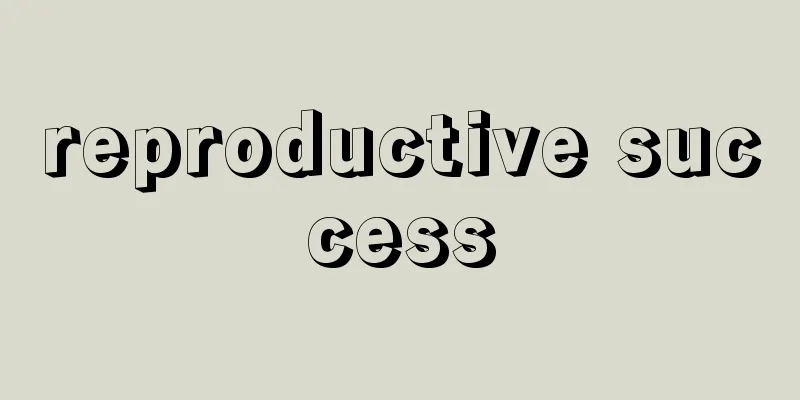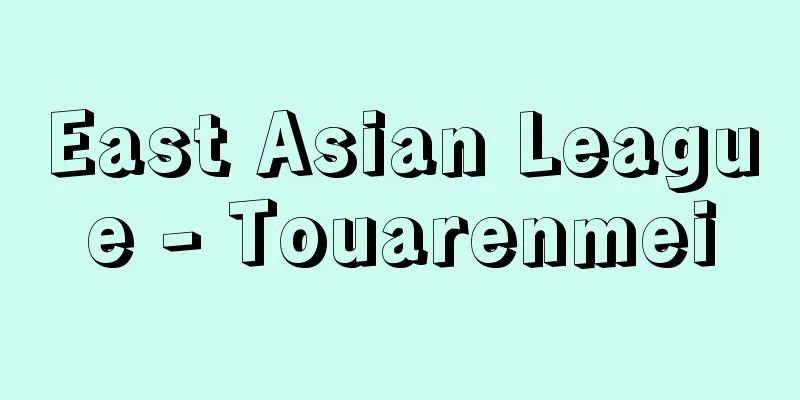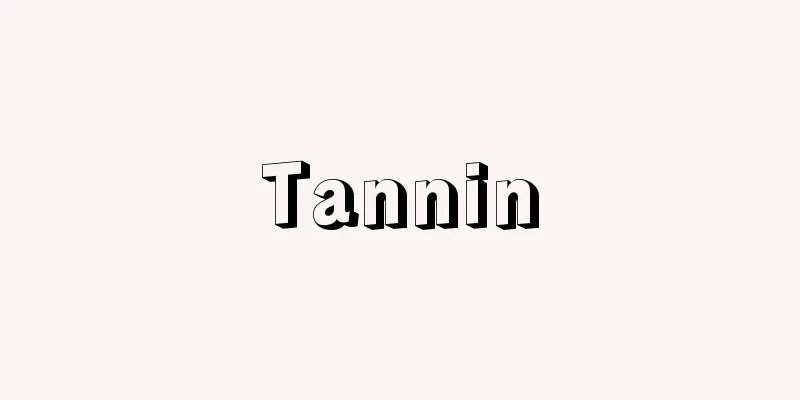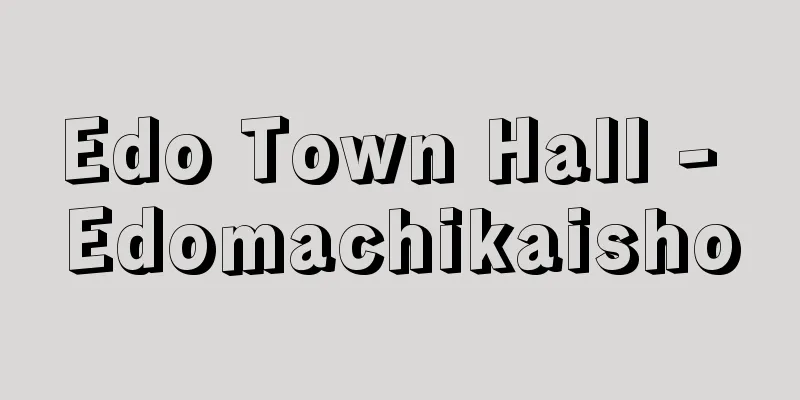Quarrying industry

|
The industry that produces stone and aggregates. This includes the gravel mining industry, which supplies the same aggregate. The business types are (1) stone mining, (2) aggregate crushing, and (3) industrial raw material mining, all of which are regulated by the Quarrying Law (promulgated in 1950). The number of stone mining companies has decreased from 4,800 in 1975 to 1,132 in 2008, and production volume has also decreased from 105 million tons in 1975 to a peak of 140 million tons in 1982, before dropping to 59 million tons in 2008. 2.3% of stone production is cut stone (for gravestones, walls, foundation materials, slabs, etc.), 3.1% is cut stone and broken stone (for retaining walls), 19% is broken gravel (for foundation work), and 75% is "other" (2008). "Other" includes garden stones and inkstones, but most is sunken stone and other stone materials for port construction, which is also used for landfill and roadbed materials. Japan produces a lot of tuff, such as Oya stone, but relies on imports for granite and marble for construction and stone monuments. The aggregate mining industry produces aggregate for use in concrete, roads, roadbeds, etc. Many of these companies are former stone or gravel miners, but the number has decreased from 2,137 in 1975 to 1,483 in 2008. Production volume, reflecting the decline in gravel resources, fell from 275 million tons in 1975 to 416.11 million tons in 1996 and to 205.5 million tons in 2008. The order of production by rock type in 2008 was sandstone, andesite, granite, and slate. In the industrial raw materials extraction industry, the number of companies decreased from 320 (3,361 employees) in 1975 to 125 (944 employees) in 2008, and production volume has gradually decreased from a peak of 18.5 million tons in 1980 to 3.38 million tons in 2008. The Quarrying Law, promulgated in 1950, established quarrying rights (real rights for the purpose of extracting rocks on other people's land, which can be registered under the Real Estate Registration Law and used against third parties) with the aim of protecting the status of quarry operators from the intentions of landowners (lasting for 20 years and renewable). However, due to the proliferation of quarry operators reflecting economic growth, environmental destruction at quarry sites, and the increasing need for pollution control, the Quarrying Law was partially revised in June 1971, establishing a quarry operator registration system (improving the qualifications of operators by refusing or canceling registrations), an approval system for extraction plans (approval by prefectural governors), and obligations to prevent pollution for abandoned quarry sites and transferred or abandoned dumping sites, and the supervisory authority was largely transferred from the national government to prefectural governors. [Toshiro Kuroiwa] [Reference] | | |Source: Shogakukan Encyclopedia Nipponica About Encyclopedia Nipponica Information | Legend |
|
石材・骨材などを生産する産業。同じ骨材を供給する砂利採取業もこれに含まれる。業態としては、(1)石材採取業、(2)砕骨材採取業、(3)工業用原料採取業に分けられ、いずれも「採石法」(1950公布)の規制のもとに置かれている。 石材採取業者数は1975年(昭和50)の4800社から2008年(平成20)には1132社に減少し、生産量も1975年の1億0500万トンから1982年の1億4000万トンをピークに、2008年には5900万トンに減少してきている。石材生産量の2.3%は切石(墓石、塀、土台材、板石など)、3.1%は間知石(けんちいし)・割石(土留(ど)め垣用)、19%は割ぐり石(基礎工事用)であり、75%が「その他」となっている(2008)。「その他」には庭石や硯(すずり)石なども含まれるが、ほとんどは沈石等の築港用石材で、埋立て、路盤材にも仕向けられる。日本では大谷石(おおやいし)など凝灰岩の生産は多いが、建築・石碑(せきひ)用の花崗岩(かこうがん)、大理石は輸入に頼っている。砕骨材採取業は、コンクリート、道路、道床などに用いる骨材の生産を行っている。この業者の多くが石材採取業や砂利採取業からの転業者であるが、1975年の2137社から2008年の1483社に減少している。生産量は1975年の2億7500万トンから、砂利資源の減少を反映して、1996年には4億1611万トンとなり、2008年には2億0550万トンと減少した。2008年の岩石別生産量は砂岩、安山岩、花崗岩、粘板岩の順である。工業用原材料採取業に関しては、業者数は1975年の320社(従業員3361人)から2008年の125社(従業員944人)に減り、生産量も1980年の1850万トンをピークに漸減し、2008年には338万トンとなっている。 1950年公布の「採石法」は、土地所有者の思惑から採石業者の地位を保護することを目的として、採石権(他人の土地において岩石を採取することを目的とする物権で、不動産登記法によって採石権の設定登記を行い、第三者に対抗できる)を確定した(存続期間は20年、更新可能)。しかし経済成長を反映した採石業者の乱立、採石現場での環境破壊、公害規制の必要が増大し、1971年6月に採石法の一部改正が行われ、採石業者登録制度(その拒否および取消しによる業者の資質向上)、採取計画の認可制度(都道府県知事の認可)、廃止採取場や譲渡ないし放棄の堆積(たいせき)場に対する公害防止の義務づけなどが定められ、監督権限が国から都道府県知事に大幅に移譲された。 [黒岩俊郎] [参照項目] | | |出典 小学館 日本大百科全書(ニッポニカ)日本大百科全書(ニッポニカ)について 情報 | 凡例 |
<<: Quarry - saisekijo (English spelling) quarry
Recommend
Chinese fiddle
It is a general term for bowed string instruments ...
Manzanillo (English spelling)
A city in the western part of Colima state in sout...
Wiggin, KD - Wiggin
...Her realistic tendency finally led to the deve...
"Red Ship"
…He started writing novels while he was a student...
Abandoned state - Abandoned state
...In either case, the failure to fulfill the obl...
Tristan da Cunha (island)
A volcanic island in the South Atlantic, a British...
Basho - Basho
[1] 〘Noun〙 (Formerly "hassho")① A perenn...
Sergey Vladimirovich Obraztsov
1901‐92 Soviet puppet theater director, actor, and...
Wisdom teeth - Oyashirazu
1. Not knowing one's birth parents. Also, that...
Japonologie
...The Pacific War made the need for analysis of ...
Agricultural engineering - agricultural engineering
It refers to all engineering related to agricultur...
Kazunogawa
(Otsuki City, Yamanashi Prefecture) A tourist attr...
Overseas Technical Cooperation Agency
Please see the Japan International Cooperation Ag...
Newark Airport
…It is managed by the Port Authority of New York ...
Gesualdo
Italian composer. Known for his unique style using...









